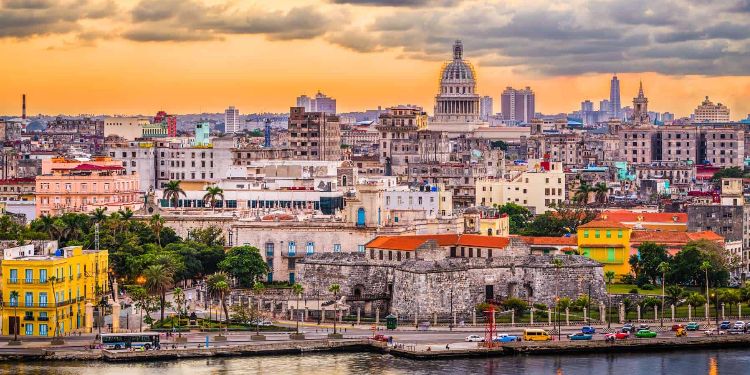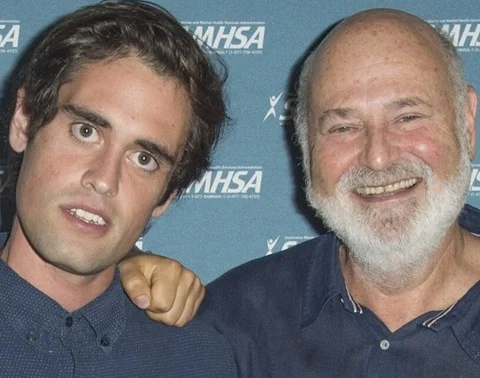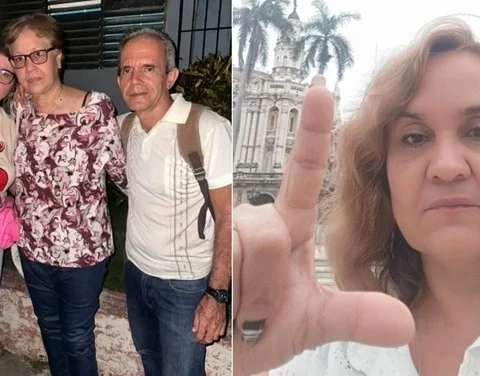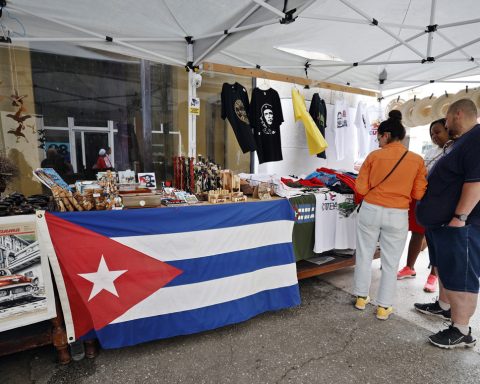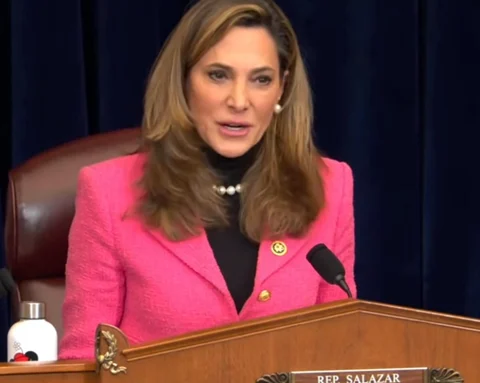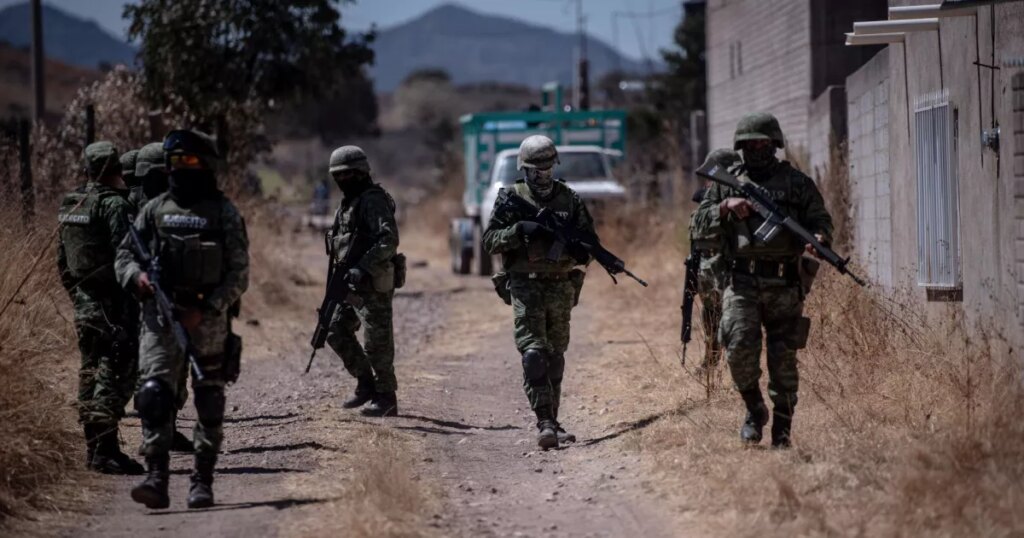Havana Cuba. — November 16 marks the 503rd anniversary of the founding of the Villa de San Cristóbal de La Habana, which occurred in 1519. There are more myths and legends about this event than certainties, since there are no documents that confirm it. Even so, the date of November 16 is accepted by most historians and officially celebrated.
Former Dominican President Juan Bosch, who lived in Cuba in the 1940s and was a friend of Fidel Castro, with whom he participated in the Cayo Confites expedition in 1947, questions the date and place of the founding of Havana in his book ” The fascinating island”. In that work, published in 1955 in Santiago de Chile, and reprinted in 1999 by Ediciones ICAIC, Bosch points out: “No one knows what day or where it was founded; At least no one can testify with legitimate documents that he was born on such a date or in such a place”.
He further explains: “Havana, which was not going to take long to become a center of enormous commercial activity, was born by itself, without any royal provision being invoked to establish it, without a record being drawn up or a name being given to it… What What is known for certain is that between 1515 and 1520, bohíos appeared on the western shore of the bay”.
The name Havana is due to the fact that these lands to the west of the bay belonged to the chief Habaguanex, who governed the entire region. According to Bosch: “At the end of 1518 or at the beginning of 1519, the place was called villa and there was a war lieutenant of Governor Velázquez there; and this is known because Hernán Cortés stayed in the house of such a lieutenant, on his way to the stupendous feat that the conquest of Mexico reserved for him.”
Given all the arguments put forward by Bosch, it is evident that the town already existed a few years before the date given as the beginning of its settlement.
The exact place where Havana was founded is also debated. There is talk of a first installation on the south coast, near Batabanó, but there are no traces of the site to this day. Other noted points are La Chorrera, on the Almendares River, and on the banks of the Luyanó River. Two Havanas could even exist simultaneously in the territory.
Regarding the space taken today as representative, Bosch wrote: “Tour guides take dozens of citizens from Kentucky or Oklahoma to the Temple every day, and they tell them that in such a place and under the ceiba tree that grows there, the first mass was said. in Cuba. The guides lie. Nobody even knows the name of the first priest to set foot on the earth in what is today Havana, nor what day or where he officiated”.
The Cuban journalist and historian Ciro Bianchi Ross, interviewed by the BBCagrees with the opinion of Juan Bosch and expresses: “The Temple is a false thing, since the historical evidence suggests that the primitive city was located in another place”.
According to Bianchi: “A compelling fact denies the celebration of said town hall in said square, and that is that the location of that first square does not correspond to the one that would later occupy the current one.”
Recent archaeological excavations that have been carried out in the area also raise some questions about the exact location.
If we stop in front of the Temple and look to our left, we will see the Castillo de la Fuerza with its protection moat surrounded by water. Could a Ceiba grow almost inside the sea? At that time Cuba was an immense forest. It is possible that the ceiba del Templete was another.
In 1555, the French pirate Jacques de Sores seized and burned Havana. Thus, the capitular acts that indicated the true day and site of the foundation of the city were destroyed. Not even in the Archivo de Indias, in Spain, is there such a document.
About the exact date and place where Havana was created, everything is speculation and myths encouraged by the historians Emilio Roig de Leuchsenring and Eusebio Leal Spengler. To choose the date of November 16, Roig de Leuchsenring, the first historian of the City of Havana, based himself on the religious celebration of the patron saint of the town, San Cristóbal (it was customary that when founding a town, the name of the saint that corresponded to that day in the calendar of the Catholic Church).
His successor at the head of the Office of the City Historian, Eusebio Leal Spengler, kept the date, and added a series of festivities that are celebrated over several days. Among them included turning the ceiba around and throwing coins into it to make wishes; a carnival ritual that has become a tradition and summons hundreds of national and foreign people every year.
Receive information from CubaNet on your cell phone through WhatsApp. Send us a message with the word “CUBA” on the phone +525545038831, You can also subscribe to our electronic newsletter by giving click here.
